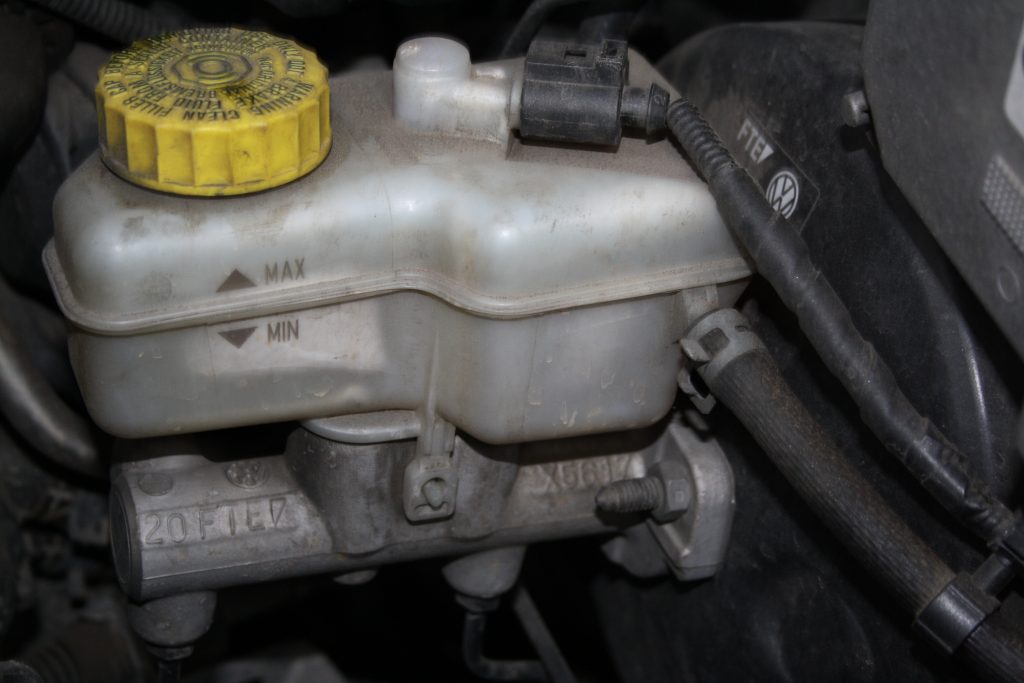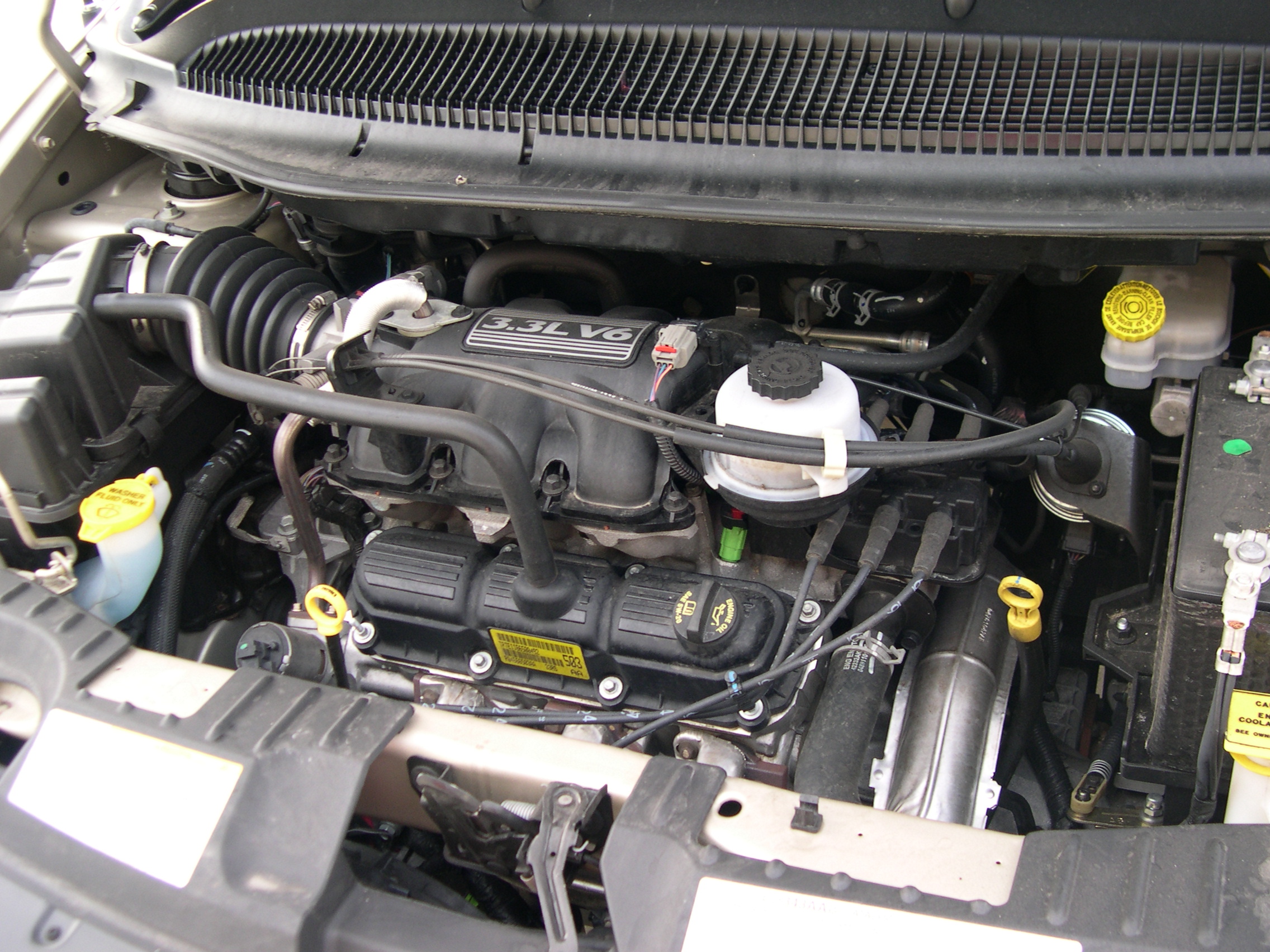Contents
– Brake fluid: principle and utility
– Which brake fluid to choose?
– Where to buy brake fluid and at what price?
– Control and maintenance of the hydraulic braking system
The use of the hydraulic braking system on cars requires the use of a particular fluid in a closed circuit. This is the brake fluid. There are different types of brake fluid, with different characteristics, which you should know well in order to make the best choice for your car.
Brake fluid: principle and purpose
Brake fluid is a liquid designed to transfer the force from the master cylinder of the braking system to the brakes, whether they are drum or disc brakes, or both, in the case of a mixed system.
Brake Fluid Characteristics
Although all fluids are compressible, the brake fluid must remain incompressible for the time it is used, which means that its volume must remain constant under external pressure.
Brake fluid becomes compressible due to temperature, which produces steam. Vapor is a compressible gas that, depending on its water content, will cause the brake fluid to boil.
As the temperature changes and water is added to the fluid, the fluid loses its incompressible properties and needs to be replaced.
Temperature characteristics of brake fluids
Mineral, synthetic and silicone-based fluids are used in hydraulic brake systems. Here are their characteristics according to their type.
|
DOT Type |
Dry boiling point |
Wet boiling point |
|
DOT 2 |
190° C |
140° C |
|---|---|---|
|
DOT 3 |
205° C |
140° C |
|
DOT 4 |
230° C |
155° C |
|
DOT Super 4 |
300° C |
195° C |
|
DOT 5.1 |
260° C |
180° C |
|
DOT 5 (silicone) |
260° C |
180° C |
Brake Fluid Operation
Brake fluid is activated by foot pressure on the brake pedal, which activates the master cylinder.
The master cylinder pressurizes the brakes’ fluid, activating the pistons that push the shoes on the drums or the pads on the discs to slow and stop the vehicle.
Which brake fluid should I choose?

To choose among the different brake fluids, follow the car manufacturer’s instructions in the driver’s manual or as indicated on the brake bocal cap under your hood.
Today, the most commonly used brake fluids are DOT 4, Super DOT 4, and DOT 5.1 for synthetic fluids and DOT 5 based on silicones.
Mineral Fluids
Citroën mainly uses mineral fluids on its older models, using a single hydraulic system for the suspension, steering, brakes, and gearbox.
For example, this is the case for the DS produced between 1955 and 1975.
Synthetic fluids
These liquids, made from glycol, meet the American DOT standards defined by the Department of Transportation.
Depending on the standard they have been granted and their appearance on the market in chronological order, they are called DOT 2, DOT 3, DOT 4, Super DOT 4, DOT 5.1.
Good to know: DOT 2, DOT 3, DOT 4, Super DOT 4, and DOT 5.1 liquids are miscible with each other.
Dot 5 based on silicones
DOT 5 does not absorb moisture and is, therefore, more resistant over time.
Caution: It must not be mixed with other DOT fluids as this could damage the rubber seals on the caliper pistons.
Its use on a vehicle whose braking system uses DOT fluids based on glycol requires total bleeding and adapted seals on the pistons of the calipers and drums.
Where to buy brake fluids and at what price?
The most common brake fluids are easy to find. You can buy them in supermarkets, car accessory stores, car dealerships, and any gas station with a store. You can also buy them on the Internet through online retailers.
DOT 4 or DOT 5.1 synthetic brake fluids’ average price is between $4 and $12 per liter, depending on the brand and the store.
DOT 5 silicone brake fluid is sold between $10 and $20 per liter, depending on the brand and the store.
In any case, shop around because the same products can be sold at very different prices depending on the seller.
Control and maintenance of the hydraulic braking system
Check the brake fluid level of your brake system every month or every week if you drive a lot. Top it up when the level is too low. The maximum and minimum levels are indicated on the brake fluid reservoir attached to the master cylinder.
Good to know: a regularly low level indicates a leak in the system. If your brake pedal is soft, sinks to the floor, and pressure return when you pump the pedal, there are air bubbles in the brake system. Here, bleeding and replacing the fluid and checking the hoses for leaks is a must.
Tip: Also, check your parking space regularly for brake fluid behind the wheels’ inside (on the floor). This can indicate a leak in the hoses or pistons.
Bleed or have your brakes bled every two years or every 50,000 km to ensure a proper fluid performance.
Hope this post helps you determine which brake fluid you need to top up your vehicle with. Please, remember to jot down a few words in the comment section below.

